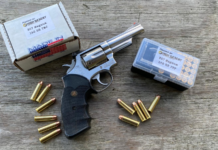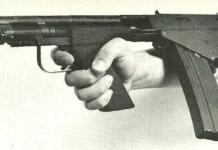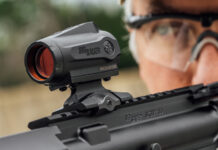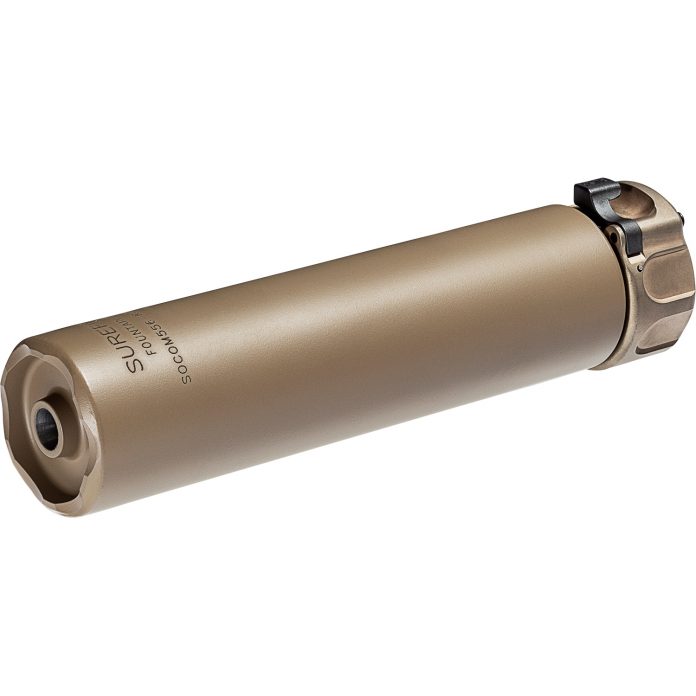
Alright GAT,
Let’s talk cans. Silencer, suppresser, gun muffler, the thing formerly known as “solvent trap”.
Those mysterious and yet very simple safety devices that can tame the thunder and flash of a gunshot to a more reasonable level.
I finally pulled the trigger on a personal one after many moons of borrowing the ones around me and I want to take you through the thought process.
Silencers are like Weapon Mounted Lights…
Yes. We played the exact same game with weapon lights that we have with silencers. The game of numbers.
More lumens better! More decibel reduction better!!
Except, just like lights, that is not the whole story. Is that decibel reduction “dry” or “wet”? Is it first shot or purged (the can is full of shot gases mostly, not air)? Does it shift point of impact? Is it high volume/full-auto rated or meant for single shot in the woods? Is it ‘flow through’? Can it be used after being submerged, if so how? Does it have barrel length requirements?
And that most important of questions that ties to everything you buy
What do you need it to do?
Remember, equipment like this is specialist. Pick its job, then go shopping. If your job is the quietest possible first shot, hunters, the silencer will be able to utilize certain constructions and materials and probably be a design not concerned with working on a gas system.
If its designed to tame muzzle blast on a machinegun or repeating rifle that’s a whole different set of physical requirements to deal with heat, pressure, gas systems, etc. Often these cans aren’t built for the best (meaning highest number under the tested conditions) Db reduction, they’re built for durable consistent Db reduction.
For anyone looking to suppress a fighting gun, this is you can type.
You’re looking at a possible rapid rate of fire through a probably gas operated action that you need to take the edge off of because you’re most likely in your house. Alternatively it is possible to be in or around a vehicle needing this. You might also just be kind to your neighbors on the firing line if you run a muzzle break. You might be running a shoot house/CQB/entry type course of training. There are a myriad applications for these that still boil down to, “make it a little less *boom*”
Pick a Durable ‘Do-It-All’ .30 Cal
Why .30? Because just like Franks Red Hot you can put it on everything.
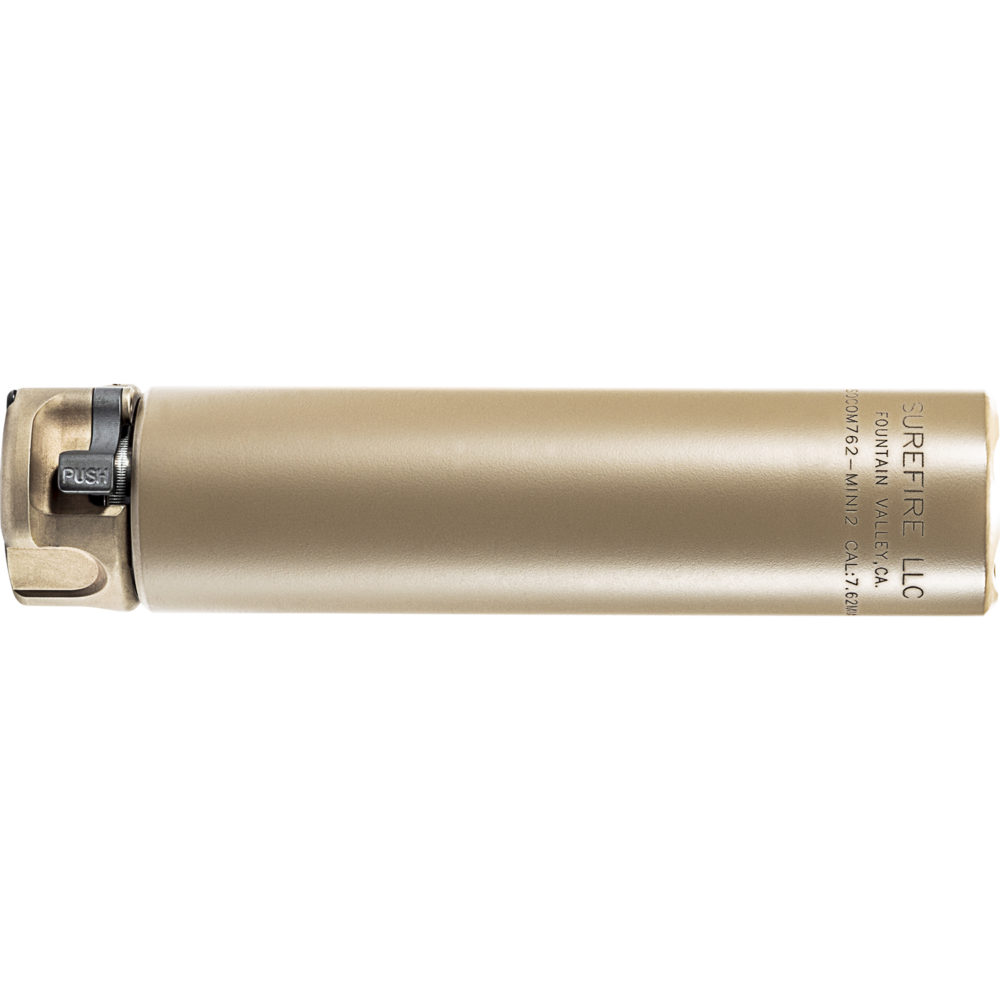
- You can lower the bore diameter (caliber) of what you’re shooting, because smaller objects go through larger holes, but you cannot do the opposite and shoot a 6mm, 6.5mm, 6.8mm, or 7.62mm through a 5.56mm.
- You are not going to miss those theoretical notional decibels of the caliber specific can.
Remember that a listed Db reduction rating or NRR (Noise Reduction Rating) is under controlled circumstances, usually outdoors in moderately nice weather. It’s also measured at a certain distance and position and.. and.. and.. and, kind of like the listed velocity and “drop” printed for a round on a box of ammo, its just a guideline and any number of factors will change it.
Keep in mind that this silencer’s job is much more blunt than you’re giving it credit for. It needs to blunt the blast. Noise and flash need to be reduced to a level that doesn’t disrupt you and yours and the can needs to do it over and over again while not breaking down.
It’s a durable boom tube that needs to not be too heavy or awkward at the end of the barrel. Simple. So stop complicating it unless you need to.
When you need to complicate it
Specialty silencer selection for either a specific purpose (large bore bolt gun, rimfire, etc.) or permanent/dedicated attachment.
This post dedicated to getting people unglued from ‘Decibels’ just as with ‘Lumens’ on lights. There is more to it.
That said, if you guessed I grabbed a SOCOM762 Mini2 DE… correct. You get an internet cookie.

